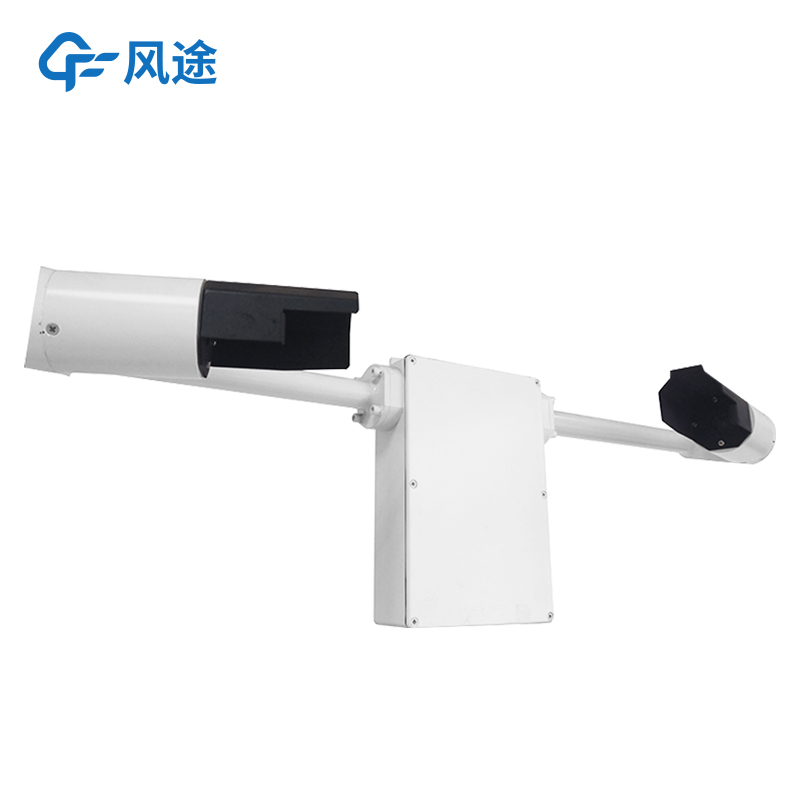Shandong Fengtu IOT Technology Co., Ltd
Sales Manager:Ms. Emily Wang
Cel,Whatsapp,Wechat:+86 15898932201
Email:info@fengtutec.com
Add:No. 155 Optoelectronic Industry Accelerator, Gaoxin District, Weifang, Shandong, China

Sales Manager:Ms. Emily Wang
Cel,Whatsapp,Wechat:+86 15898932201
Email:info@fengtutec.com
Add:No. 155 Optoelectronic Industry Accelerator, Gaoxin District, Weifang, Shandong, China
time:2025-03-31 09:00:50 source:Weather Station viewed:229 time
In traditional visibility observation, meteorological personnel determine the visibility by judging the furthest visible and the nearest invisible target objects. A target object distribution map is drawn in an area with a wide view around the meteorological station. Target objects of moderate size, dark color, and constant brightness are selected at different directions and distances around. For offshore observation stations, the visibility is judged based on the clarity of the sea-sky boundary.
Target objects appear and disappear intermittently because suspended particles such as water droplets and dust in the air scatter the light, change the propagation direction of the light, and reduce the light intensity, making distant target objects blurry.
The Visibility detector is based on the principle of light scattering. One end emits light, and the other end measures the intensity of the scattered light from the suspended particles and converts it into the visibility value.
The FT-N2 visibility sensor uses the forward scattering method to measure the total extinction coefficient of the air to calculate the visibility, and it is widely used in the fields of road traffic and meteorology.
Its casing is made of high-quality aluminum materials and has undergone anodizing and painting treatments, possessing functions of waterproofing, dustproofing, and collision resistance. The transmitting and receiving lenses are designed to face downward, effectively reducing the interference of sunlight and stray light. It can identify weather phenomena such as fog, rain, and snow, with an identification rate as high as 95%. The built-in watchdog circuit ensures stable long-term operation outdoors, and the communication and power interfaces have lightning protection designs, reducing the risk of damage caused by lightning strikes and static electricity.
It supports a wide voltage supply range of 12 to 24V, with a power consumption of only 1W, and can be powered for a long time by a solar panel and a storage battery. The digital interfaces are RS485 or RS232, and the standard MODBUS protocol is adopted, eliminating the need for adaptation. The instrument can directly output visibility values for 15 seconds, 1 minute, and 10 minutes, providing flexible usage. It complies with the implementation standard QX/T 536-2020. When the measurement range is within 2 km, the accuracy is ±2%; when it is between 2 km and 10 km, the accuracy is ±5%; and when it exceeds 10 km, the accuracy is ±10%. The repeatability is ≤4%. The working temperature ranges from -40°C to 60°C, the humidity ranges from 0 to 100%RH, the dimensions are 610x230x360mm, and the weight is ≤10kg.
When installing, it is necessary to select an open, flat, and unobstructed ground. The receiver should face away from strong light sources, the transmitter and the receiver should be positioned in the north-south direction, and the height should be between 1.5m and 3m. Calibration is required if the height exceeds 3m. Before installation, prepare a column and fix it with the clamps provided with the instrument, ensuring that the openings of the receiver and the transmitter face downward.

Drone-based meteorological environment monitoring is flexible and efficient, capable of reaching areas that are difficult to access with traditional monitoring methods. The FT-F3 meteorological sensors for drones are professional meteorological monitoring devices tailored for drones.The design of FT...
The Visibility detector is an intelligent meteorological monitoring device, mainly used for real-time monitoring of low visibility meteorological conditions, and is widely applied in fields such as transportation, meteorology, and environmental monitoring. This system, through the front-end visibili...
Visibility is an important indicator reflecting the transparency of the atmosphere, and its monitoring data can be applied in many fields. For example, in the transportation field, accurate visibility data can ensure the safe operation of transportation modes such as aviation, navigation, and highwa...
In the natural ecological system, forests and wetlands are the main sources of negative (oxygen) ions in the air. The negative oxygen ion concentration in these areas plays an important role in improving air quality, regulating the local climate, and assessing urban air quality. Long - term exposure...